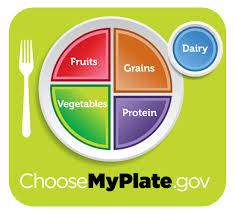10 tips to reverse a child’s weight gain, unhealthy habits
Dr. Ariza, who provides patients with tools to make informed decisions about their health, shared in EEHealth’s Healthy Drive Blog that the COVID-19 pandemic has contributed to weight gain for many of us, including our kids.
Have your child’s eating habits gotten unhealthy and out of control? If you’re like many parents and worried about your child’s excess weight, you aren’t alone.
The pandemic forced kids to stay home and switch to e-learning. To cut back on grocery store trips, families stocked up on shelf-stable (and calorie-dense) foods. Kids ate poorly and moved less. They became glued to their screens.
These factors combined have resulted in unhealthy eating habits and weight gain among children. A recent study in Pediatrics revealed that obesity rates among children ages 2 through 17 increased since the onset of the COVID-19 pandemic.
How can you reverse unhealthy habits and help your child shed those extra pounds for better lifelong health? Here are 10 tips to get started:
- Eat healthy as a family, including a balance of fruits, vegetables, whole grains and lean protein, in reasonably sized portions. Limit sugars, saturated fats, salty snacks, and processed foods.
- Don’t place junk food completely off-limits, just have it in smaller quantities and less often.
- Ensure your child eats breakfast every morning to reduce hunger later in the day.
- Encourage drinking lots of water throughout the day.
- Teach your child about being mindful when eating and listening to his/her body’s cues.
- Include your child in grocery shopping and cooking. Let him/her choose what to eat among healthy options.
- Rather than using the word “diet,” talk about good nutrition and healthy eating.
- Don’t talk negatively about weight. Emphasize that what matters most is being healthy.
- Help your child stay active by encouraging at least an hour of physical activity daily. Exercise as a family so it’s a team effort.
- Limit screen time to no more than 1-2 hours daily.

 Nicole Palmieri, who is currently studying Dietetics at the University of Dayton, shared with Healthy Lombard that…
Nicole Palmieri, who is currently studying Dietetics at the University of Dayton, shared with Healthy Lombard that…
